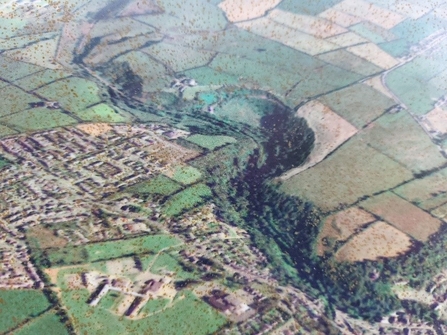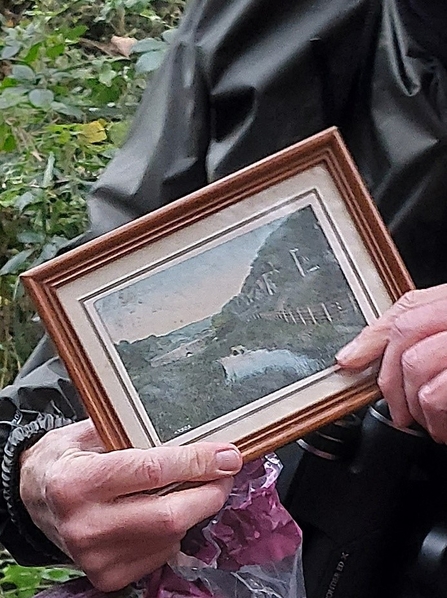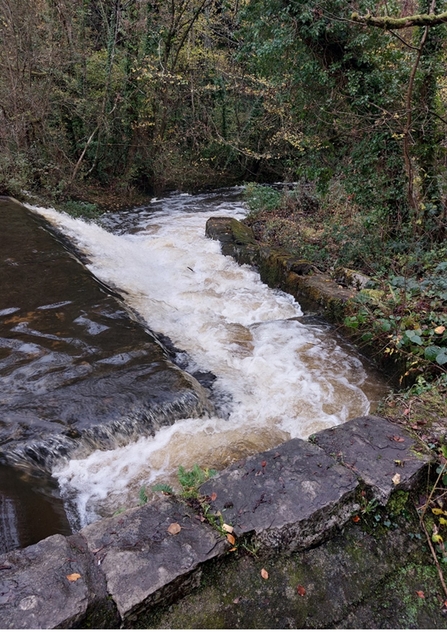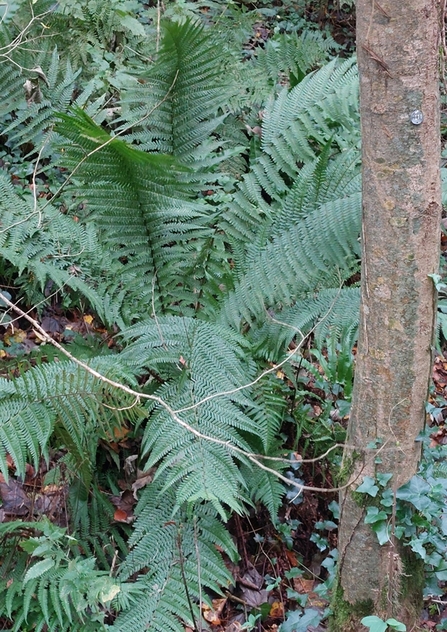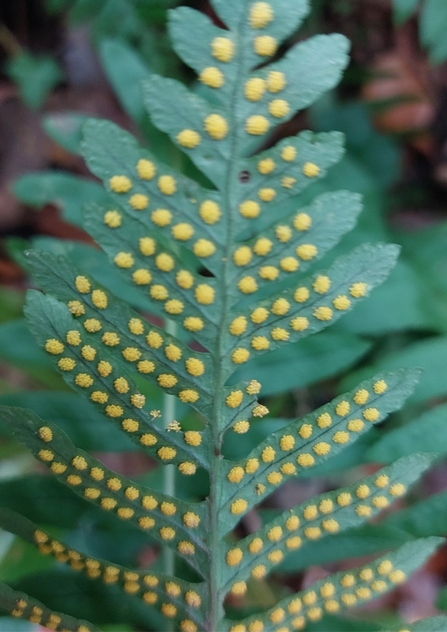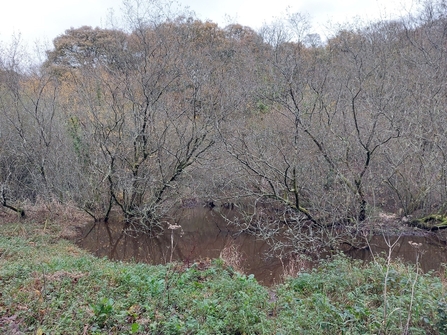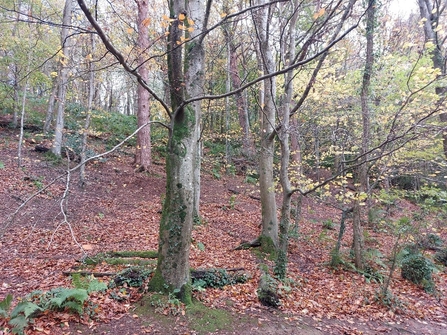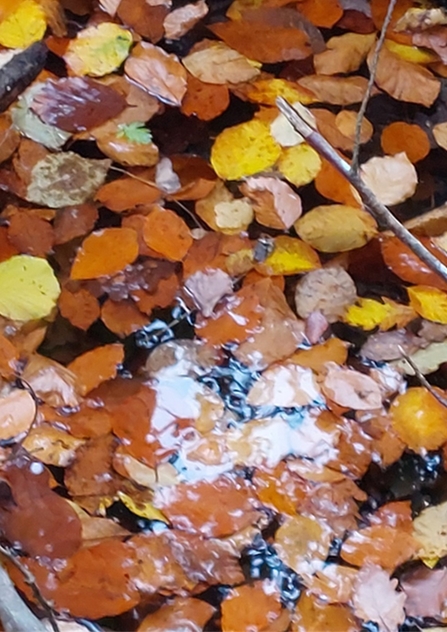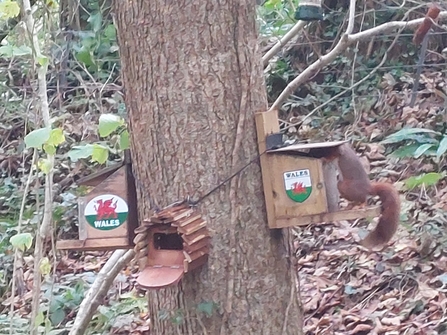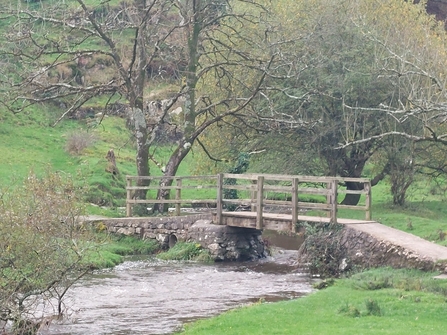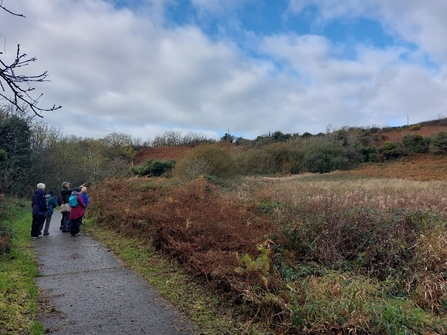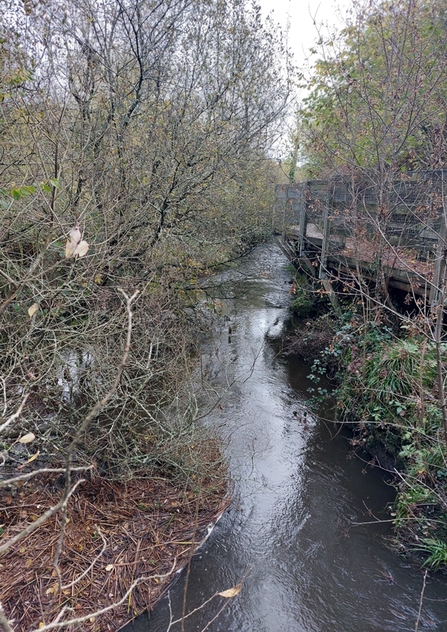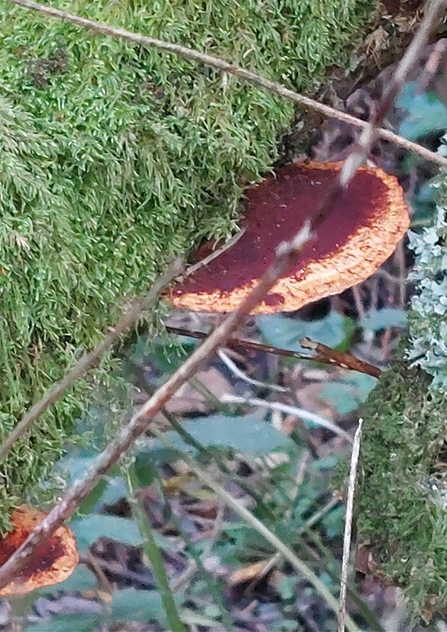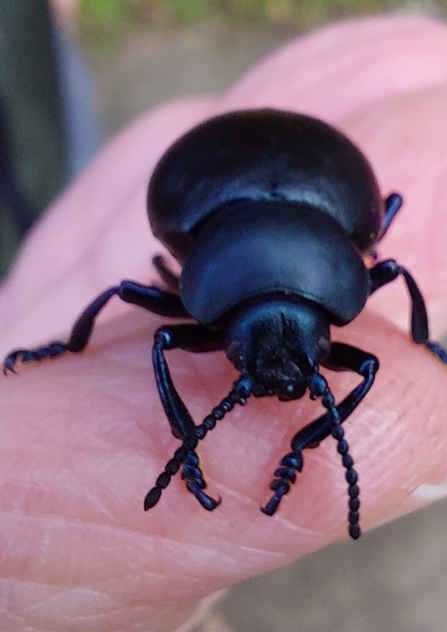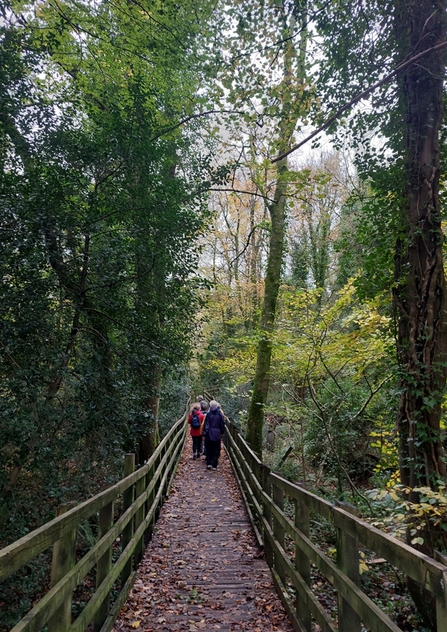Nigel Brown has lived in North West Wales for almost 50 years since coming to Bangor to study Botany. Employed by Bangor University for 39 years as Curator of Treborth Botanic Garden and lecturer in Botany and Ecology. He is now happily retired and kept out of mischief by very fulfilling family commitments, gardening and indulging himself in various aspects of local natural history through bird watching, leading wildlife walks, acting as Joint Vice county recorder for Anglesey for the Botanical Society of Britain and Ireland and Chairing Bangor Bird Group.
The Dingle (Nant y Pandy) Nature Reserve, Llangefni, is a 10 hectare (25 acre) wooded valley, rich in wildlife and history managed by Anglesey County Council..
The walk today at the Dingle was the perfect antidote to the grey and seriously windy weather we have been experiencing lately. This photo taken from the interpretation board in the Dingle shows this amazing place in its wider context – a completely unique river cut valley created after the last glaciation. Despite having been to the Dingle for numerous walks there was so much I didn’t know about it. Nigel Brown brought geographical, geological, cultural, historical and ecological information to the walk today that completely changed my experience of this place. The aerial photo below shows the river Cefni cutting its way through the land – a peneplain comprised of rocks 2 km thick!


